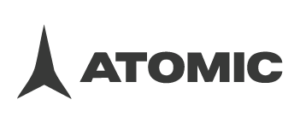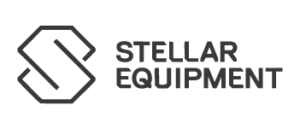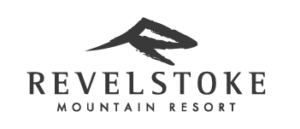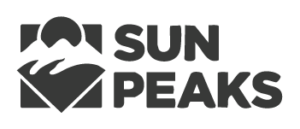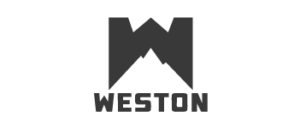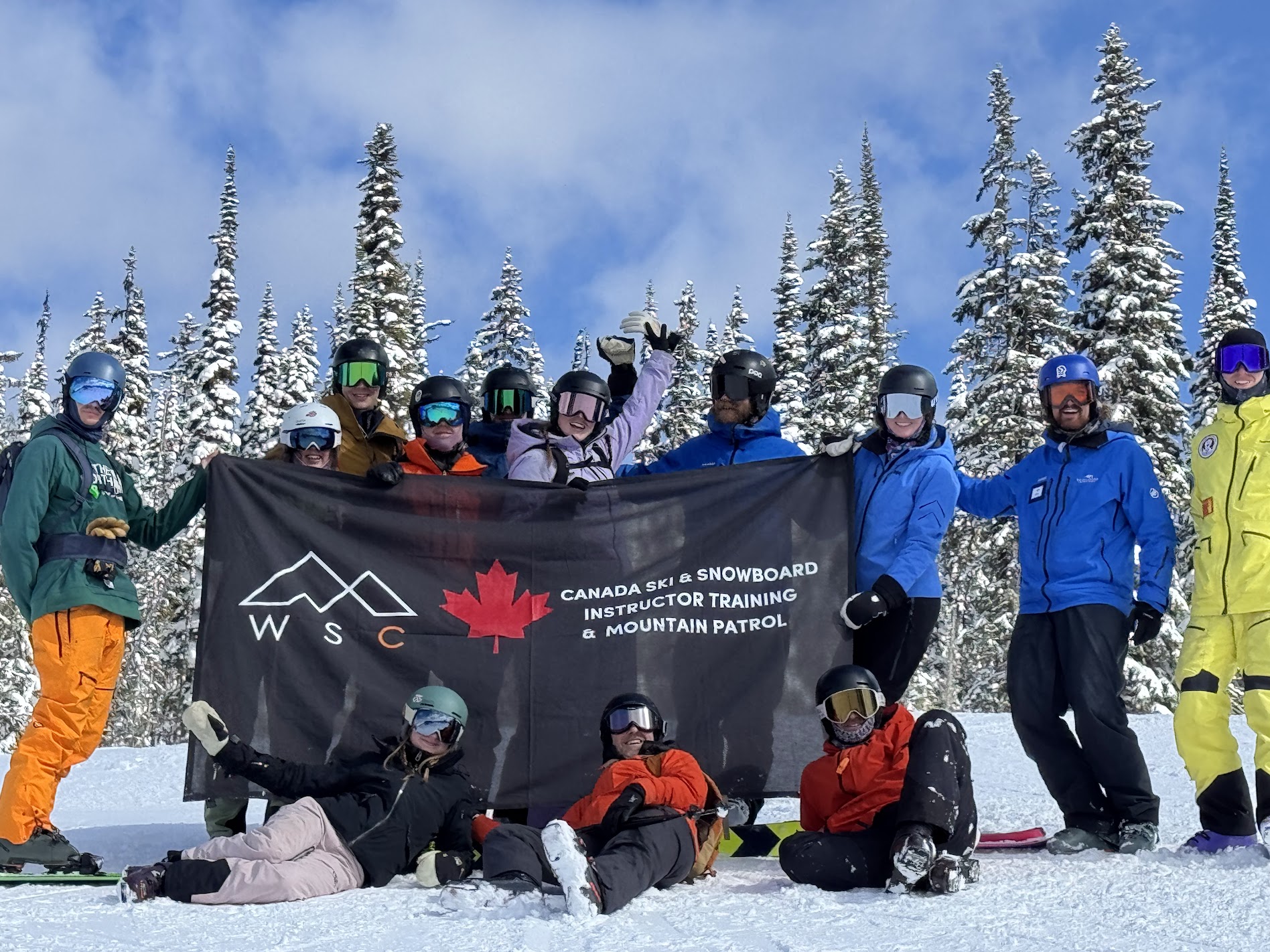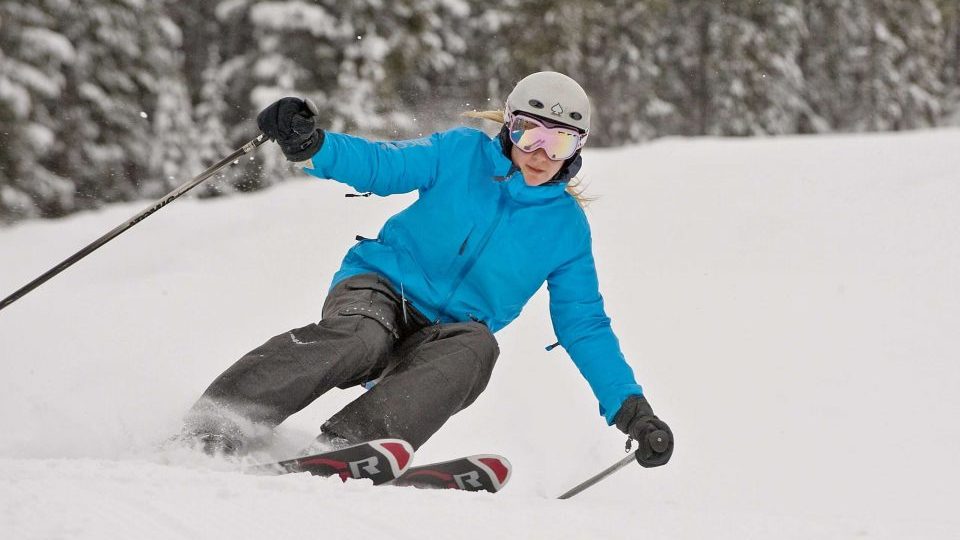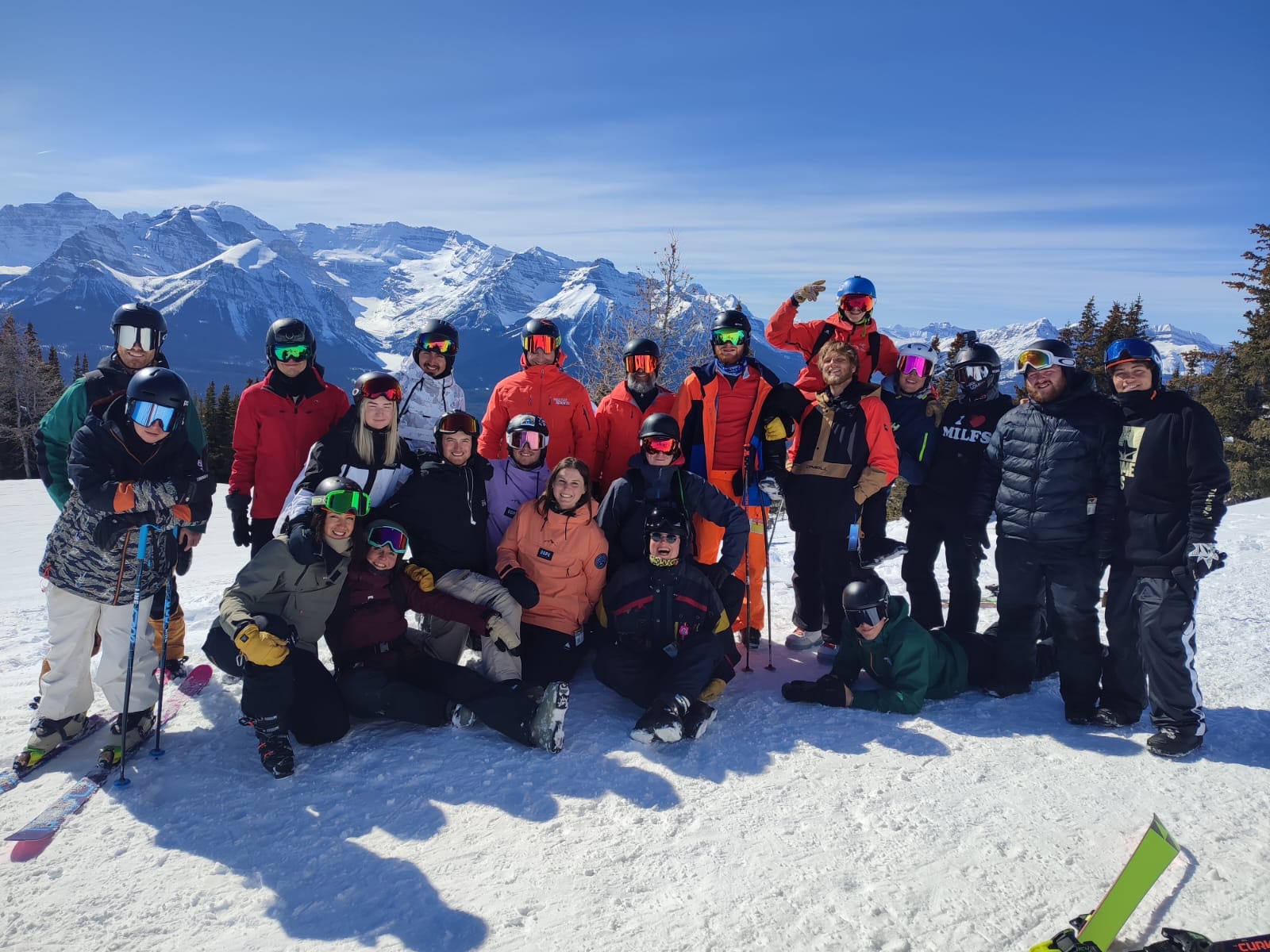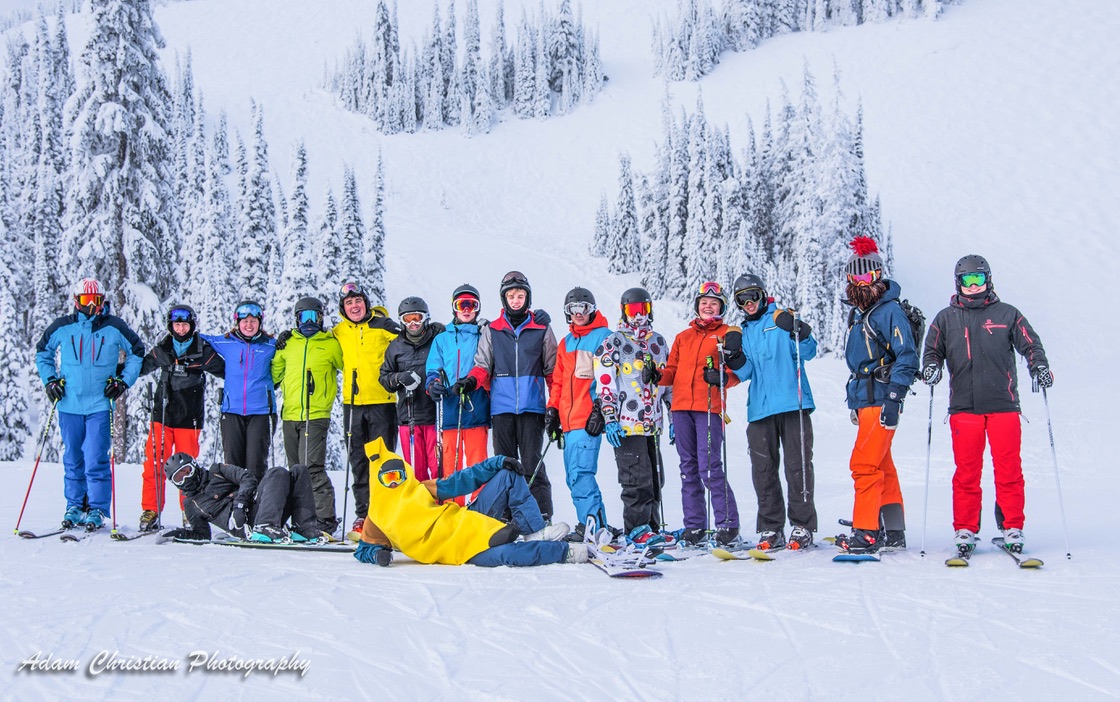Lorem ipsum dolor sit amet, consectetur adipiscing elit. Duis dapibus rutrum vulputate. Mauris sed eros nec est vehicula mattis ac vitae ligula. Maecenas vitae tristique sapien, vitae pellentesque lectus.
Railway and Highway Avalanche Clearance Teams: Keeping Routes Open in the Deep of Winter
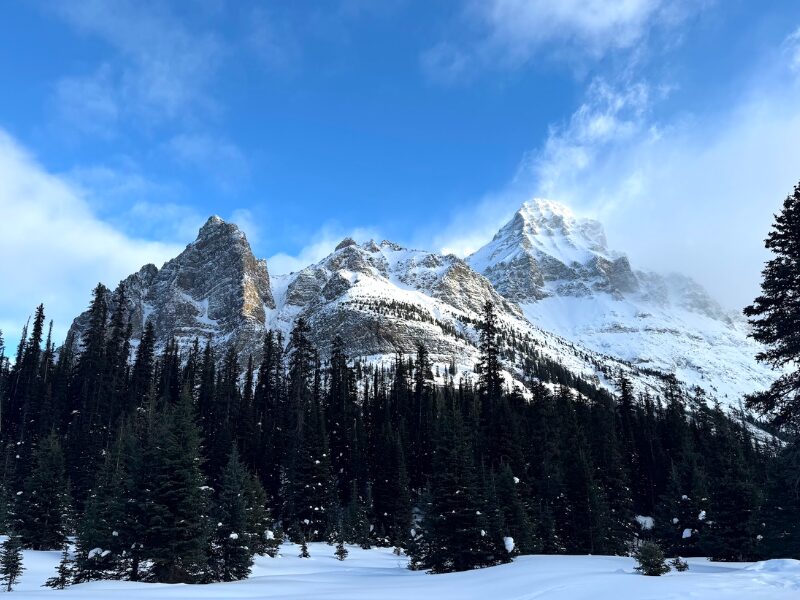
Guide Summary
Avalanches are one of the greatest threats to transportation in British Columbia and the Canadian Rockies, blocking highways and rail lines each winter. Avalanche clearance teams keep these routes open using explosives, forecasting, and advanced technology. Highly skilled work that blends science, logistics, and safety.
Key Qualifications and Pathway
These roles combine avalanche science with field logistics, emergency response, and government-level safety planning. You’ll often be working in high-exposure terrain, alongside explosives technicians, engineers, and heavy equipment crews.
Required Certifications and Training Steps
- Avalanche Skills Training (AST 1 and 2): Foundational education in terrain awareness and snow behavior
- CAA Avalanche Operations Level 1: Required for professional avalanche workers in Canada
- CAA Avalanche Control Certificate: For those directly involved in control operations
- WSBC Avalanche Control Blasting Certificate: Required for those deploying explosives in BC
- CAA Operations Level 2: For advanced forecasting, leadership roles, or program management
- NUEC-A or Wilderness First Responder: Essential for medical preparedness in remote, high-risk terrain
- Radio Protocol and Remote Weather Monitoring: Vital for inter-agency coordination and terrain assessment
- Experience in Snow Safety or Ski Patrol: Many technicians begin in ski resort environments before advancing to transportation-specific work
These roles often require flexible availability, excellent communication skills, and the ability to make judgment calls in rapidly changing alpine environments.
Career Path and Employers
What You’ll Do
- Conduct avalanche risk assessments along highway or railway corridors
- Deploy explosives manually or via helicopter to trigger slides in a controlled way
- Use remote avalanche mitigation technology (e.g., Gazex, O’Bellx, DaisyBell)
- Monitor weather systems, collect snowpack data, and forecast avalanche cycles
- Coordinate road closures, traffic control, and emergency response
- Maintain close contact with maintenance crews, avalanche forecasters, and public safety officers
Typical Employers
- BC Ministry of Transportation and Infrastructure – Avalanche Program
- Parks Canada – Highway and Backcountry Safety Teams
- CP Rail and Canadian National (CN)
- Private contractors and avalanche consulting firms
- Ski resorts with adjacent road or rail responsibilities
- Ski Patrol teams providing regional avalanche control support
These teams are often called in during severe weather events and must work efficiently under pressure to restore access.
How Winter Sports Company Can Help You Start a Career in Avalanche Clearance
WSC is deeply connected to the mountain safety industry and provides an ideal launching pad for work in avalanche clearance across transportation networks.
You can:
- Join a WSC Ski Patrol program to gain real-world avalanche safety experience
- Complete AST 1 and 2 and progress to CAA Ops Level 1
- Train for NUEC-A to prepare for remote and trauma care
- Access mentorship from instructors with experience in resort, highway, and rail avalanche control
- Build a resume that combines snow science, safety, and technical fieldwork — ideal for government or contractor avalanche programs
- Receive guidance on applying to government and industry avalanche positions
Whether your goal is to work along Rogers Pass or support avalanche mitigation in the Coast Range, WSC gives you the tools to build a credible, safety-first foundation.
Next Steps: Help Keep the Mountains Moving
If you want to be part of the teams that protect lives and keep major transport routes open through the depths of winter, start with the core skills: avalanche safety, remote response, and risk forecasting.
Contact Winter Sports Company today to explore training options that align with BC’s transportation safety needs – and build your pathway into avalanche clearance for highways and rail lines.
